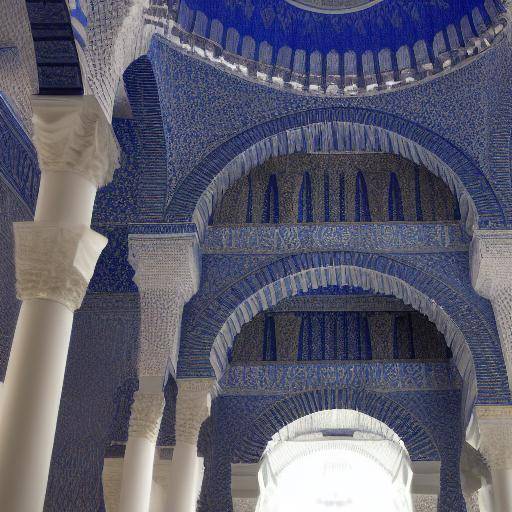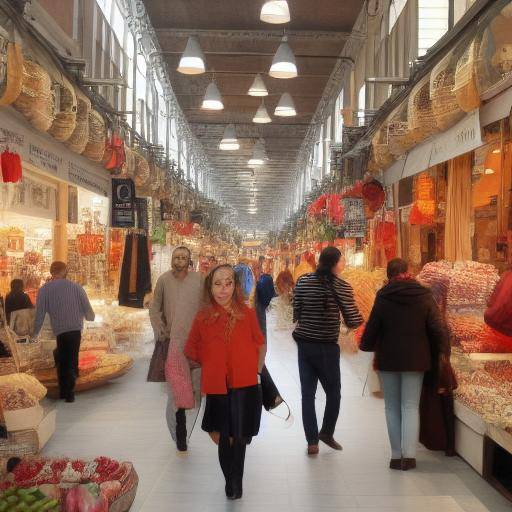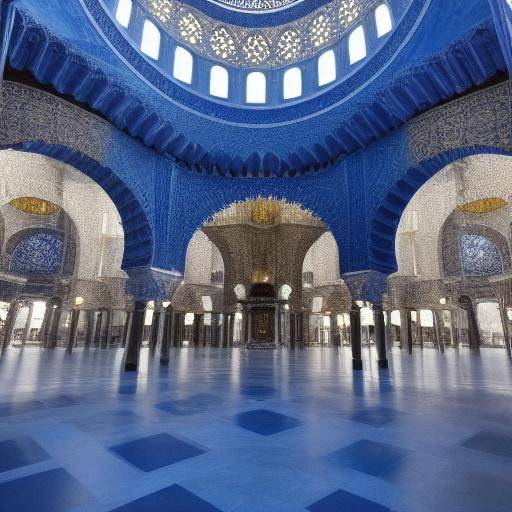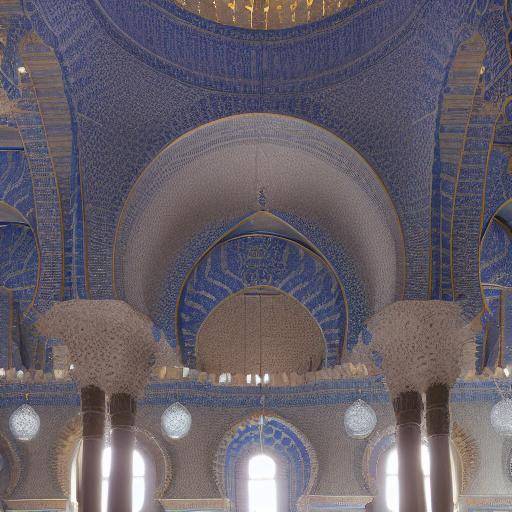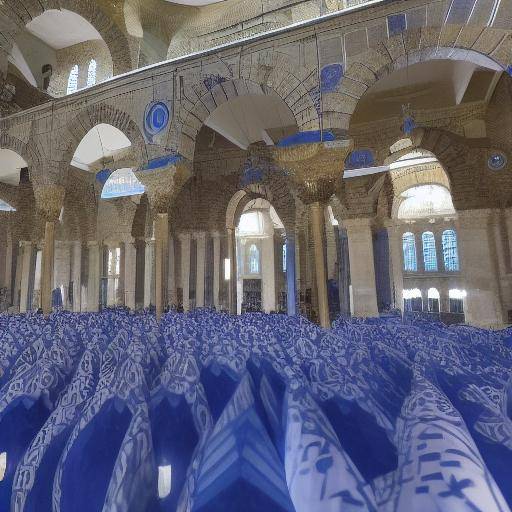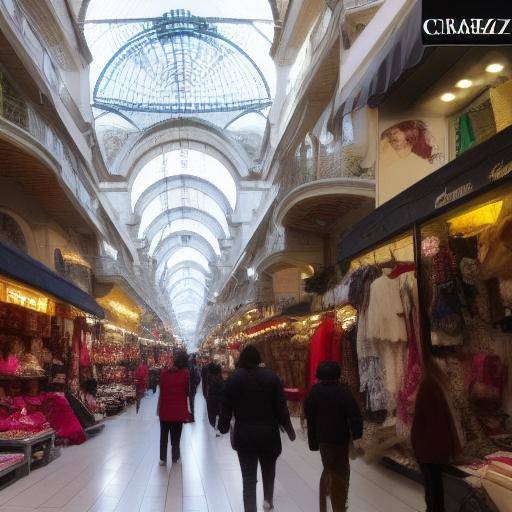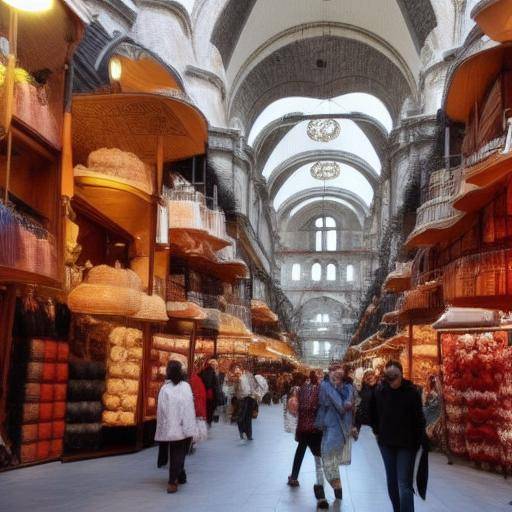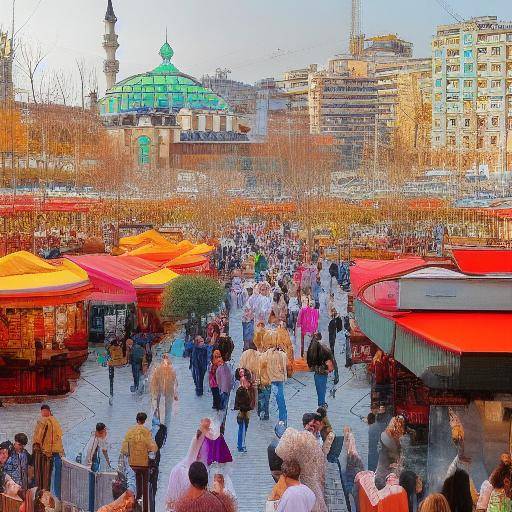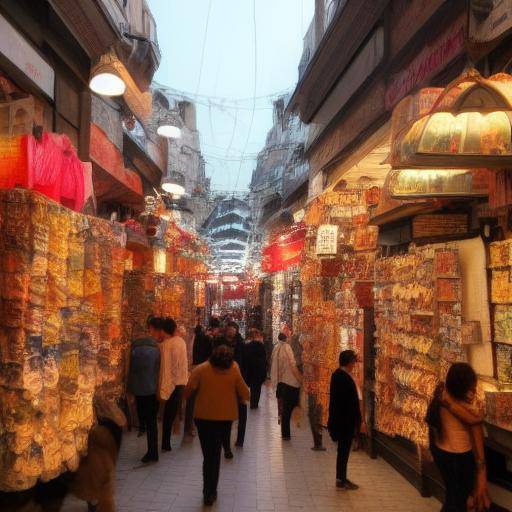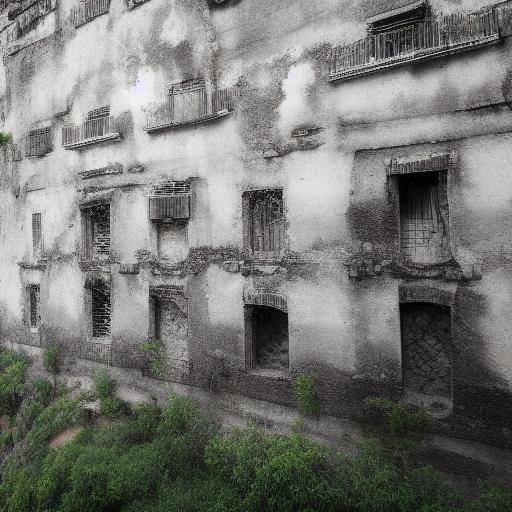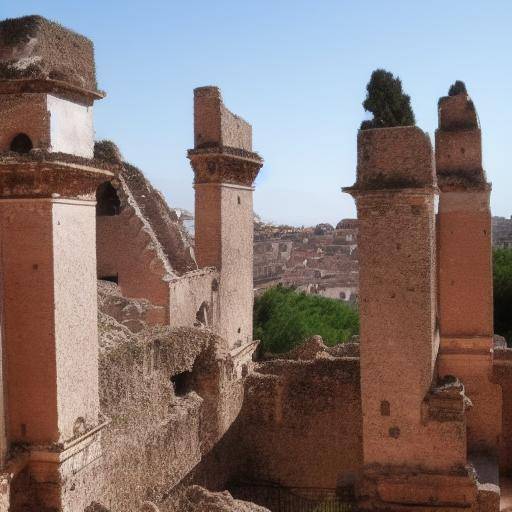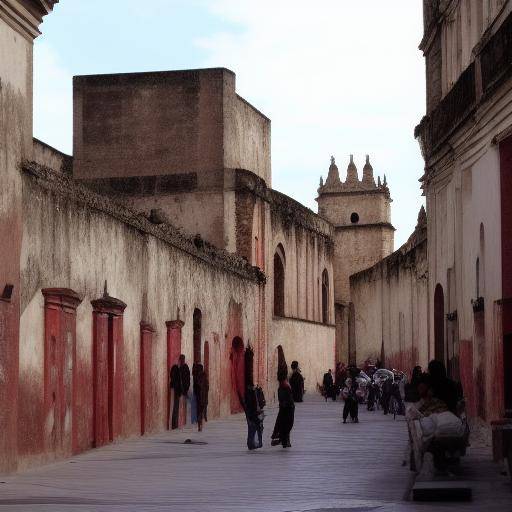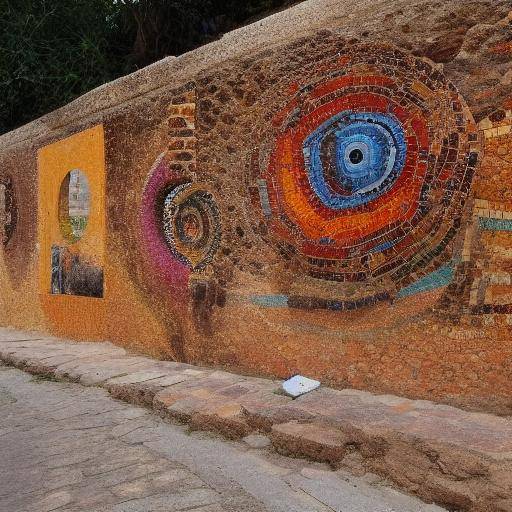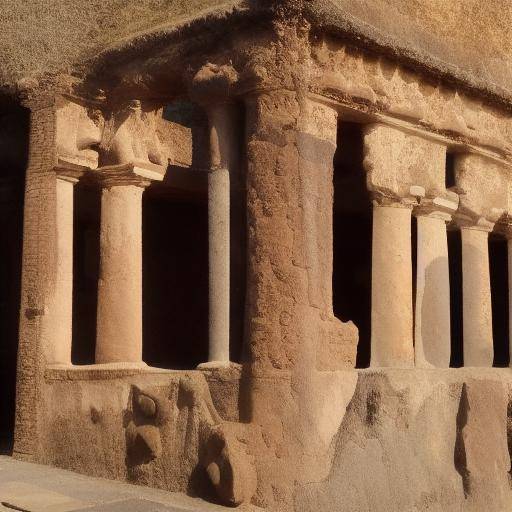
The Blue Mosque, known locally as Sultan Ahmed Mosque, is an impressive architectural work located in the heart of Istanbul, Turkey. This historic wonder, with its distinctive architecture and rich history, has captivated visitors and faithful for centuries. In this article, we will explore the magnificent Blue Mosque, its cultural importance and its meaning for the city of Istanbul and for all Turkey.
Introduction
A meeting with the architectural and spiritual greatness
Imponent and majestic, the Blue Mosque stands as a symbol of Islamic faith and a historic monument that attracts millions of visitors annually. Over the centuries, this masterpiece has witnessed transcendental events and left an indelible mark on the history and culture of Turkey. In this article, we will explore the fascinating history, amazing architecture and contemporary relevance of the Blue Mosque, and its connection to the vibrant city of Istanbul.
History and Background
A Relic of the Ottoman Epoch
The Blue Mosque of Istanbul, built between 1609 and 1616 during the reign of Sultan Ahmed I, is a magnificent example of Ottoman architecture. The construction of this mosque was an ambitious project that sought to rival the majesty of the nearby Hagia Sophia. Designed by the architect Sedefkâr Mehmed Ağa, the mosque combined elements of classical Islamic architecture with creative innovations, thus creating a monument that would last in history for its beauty and splendor.
A Architectural and Spiritual Joy
The Blue Mosque owes its name not only to the blue ceramic tiles that adorn its interior, but also to the impressive main dome, surrounded by six minarets that give the mosque its distinctive silhouette. The imposing interior courtyard, with its central fountain and decorated columns, invites contemplation and reflection. In addition to its impressive architecture, the mosque houses numerous artistic elements, from intricate designs of tiles to delicate ornaments in wood and stone.
Analysis in Deep
Cultural and Spiritual Legacy
The Blue Mosque, as one of the most emblematic monuments in Istanbul, is not only a centre of worship, but also a showcase of Turkey's rich cultural heritage. Its importance is both spiritual and historical, as it has witnessed and participated in the most significant events in the city over the centuries. The mosque remains an important place of worship and is a must for those who wish to experience the spiritual and artistic essence of Istanbul.
Current Challenges and Opportunities
Despite its historical and cultural prominence, the Blue Mosque also faces contemporary challenges, such as maintaining its centenary structure and managing the constant flow of visitors. However, measures are being implemented to preserve this architectural treasure for future generations, while promoting their appreciation and understanding by international visitors.
Comprehensive review
Cultural and Artistic applications
The Blue Mosque is not only a place of religious worship, but also a cultural and artistic space vital to the identity of Istanbul. Religious celebrations, cultural events and artistic exhibitions intertwine with the daily life of the mosque, enriching the experience of those who visit it. In addition, the impact of the architecture and design of the Blue Mosque has shifted cultural and artistic borders, making it a symbol of unity and diversity.
Futures and Sustainable Development
The future of the Blue Mosque and its relevance to Istanbul and Turkey lies in the implementation of sustainable practices to preserve its historical and cultural legacy. The intelligent management of tourism and the promotion of conscious appreciation of its cultural value are key aspects to ensure that it remains a beacon of spiritual and artistic inspiration for future generations.
Comparative analysis
The Blue Mosque and the Istanbul Charm
The Blue Mosque is located in the very core of Istanbul, a city where history merges with modernity, and where the bustling life intertwines with the serenity of historical monuments. Compared to other places of worship, the Blue Mosque stands out for its architectural beauty and cultural significance rooted in the rich history of the city.
The Heritage of Turkey represented in the Blue Mosque
As a prominent symbol of Turkey, the Blue Mosque exemplifies the cultural and artistic diversity that defines the country. Its place in Ottoman history and its legacy as a masterpiece of Islamic architecture places it as a pillar of Turkish cultural heritage, attracting visitors from all over the world eager to experience its greatness.
Practical Tips and Accessible Recommendations
A Significant Visit to the Blue Mosque
If you plan to visit the Blue Mosque, make sure you know about visiting schedules and follow the staff indications. It is important to dress appropriately and be respectful of the sacred environment. In addition, reserve enough time to marvel at the beauty of the architecture and serenity of the environment.
Industry Perspectives and Expert Reviews
Understanding the Cultural and Spiritual Importance of the Blue Mosque
The experts in Islamic history and architecture highlight the relevance of the Blue Mosque as an invaluable monument, whose importance transcends the borders of Turkey. Its impact on Islamic culture and its contribution to religious architecture make it a crucial reference point for scholars and researchers.
Case Studies and Practical Applications
Global Blue Mosque Relevance
The Blue Mosque has been the center of numerous historical and cultural events throughout the centuries, and its influence has transcended the geographical barriers to inspire artists, architects and enthusiasts of the history of the world.
Future Trends and Predictions
The Legacy Perduration of the Blue Mosque
As it advances towards the future, the Blue Mosque is expected to remain a lasting symbol of Turkey's cultural and spiritual heritage, capturing the imagination of coming generations and maintaining its place as one of the most precious architectural treasures in the world.
Conclusion
The Blue Mosque of Istanbul, with its splendid architecture, rich history and profound cultural significance, remains a beacon of spirituality and a wonder for the whole world. Its impact transcends Turkey's borders, connecting people from diverse cultures and beliefs through its timeless beauty and lasting legacy.
Frequently asked questions
1. What is the best time to visit the Blue Mosque in Istanbul?
The best time to visit the Blue Mosque is early in the morning or late in the afternoon, when there is less influx of visitors, allowing you to appreciate its beauty with greater tranquility.
2. What measures of respect and label should be followed when visiting the Blue Mosque?
It is important to dress in a respectful way, covering shoulders and legs, and women should wear a handkerchief to cover their heads. A low tone of voice must be maintained and aware that it is a place of worship.
3. What is the best way to access the Blue Mosque from downtown Istanbul?
The best way is to take public transport, such as the tram, which has stops close to the mosque. Taxi services or walking services can also be used if you stay close.
4. Is the Blue Mosque open to visitors of all religions?
Yes, the Blue Mosque is open to visitors of all religions. It is requested that visitors respect the sacred environment and religious practices of the faithful who make their prayers.
5. Are there restrictions on taking photographs within the Blue Mosque?
Photographs are allowed, but it must be respectful in doing so. Avoid interrupting the prayers or passage of other visitors. There are also restricted areas within the mosque where photographs are not allowed.
6. Are guided tours offered to the Blue Mosque?
Yes, guided tours are offered in both Turkish and English, which gives visitors the opportunity to learn more about the history and architecture of the mosque.
In short, the Blue Mosque of Istanbul is much more than a temple; it is a symbol of history, culture and spirituality that continues to amaze those who have the opportunity to visit it. His legacy will endure over the centuries, serving as a reminder of the magnificence of art and faith that transcends physical and temporal boundaries.


